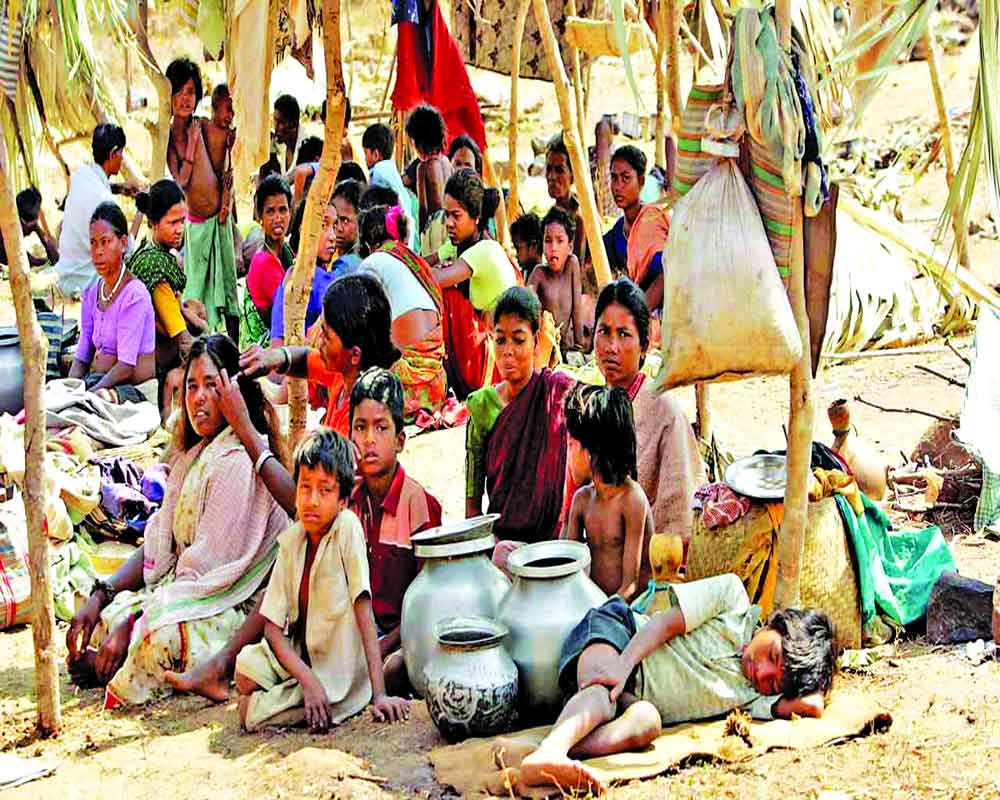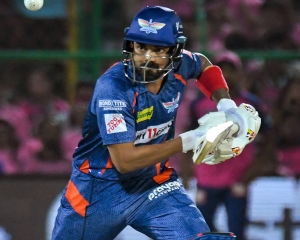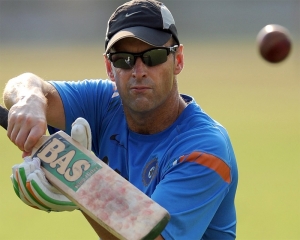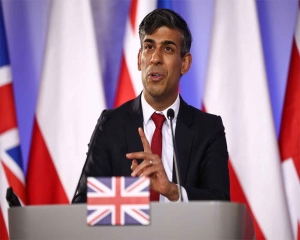But Global Multi-dimensional Poverty Index factors in pro-poor steps in poverty mapping to asses poverty
The 2022 Global Multidimensional Poverty Index (MPI) has estimated that 415 million people exited poverty between 2005 and 2021 in India. The reduction in MPI value in India was sharp, with 140 million coming out of poverty between 2015 and 2021. India’s incidence of poverty has been cut by half. The MPI indeed takes into account several factors to measure the incidence of poverty in contrast to the single income criteria adopted by other multilateral agencies.
The World Bank in its ‘Poverty and Shared Prosperity Report 2022’ has claimed that India accounted for 80 per cent of the 70 million people globally who fell below the poverty line of $2.1 per day income in 2020. The two reports by the global multilateral agencies adopt different yardsticks to measure poverty and arrive at sharply contrasting conclusions about India. Indeed, it has been stated that about 70 per cent of the data used in arriving at the MPI index were taken before the Covid-19 pandemic struck.
But still the single yardstick to measure merits questioning by the global economists, for it imposes a dollar value to the poor. On the other hand, the dollar has sharply appreciated against all global currencies in recent months without having any significant impact on the conditions of the poor or the low-income people in India. Deprivations as captured in the MPI index could be justified to capture the incidence of poverty more realistically. Poverty by all accounts cannot be measured by the inability of a person to earn $2.1 per day or any other amount.
The MPI, launched in 2010 by the Oxford Poverty and Human development Initiative at the University of Oxford and the Human development report office of the United Nations Development Programme, seeks to track the Sustainable development Goal 1, ending poverty in all forms globally. Deprivations in cooking fuel and housing are the most common measures of poverty according to the MPI, while deprivation in nutrition has a larger weight. Nutrition is given weightage almost at par with cooking fuel and housing.
The relative reduction in poverty shows that India is on a fast lane to remove poverty. The relative reduction in poverty from 2015-2016 to 2019-21 was quick-paced -- 11.9 per cent annually. This is much better than 8.1 per cent seen during 2005-06 to 2015-16. This is well-captured in the MPI value, which came down from 0.283 in 2005-06 to 0.122 in 2015-16, and sharply declining to 0.069 in 2019-21.
India has made a major progress to curbing the nutritional deprivations, which stood at a level of 38.2 in 2005-06 and began declining thereafter to come to 35.4 in 2011-12, while gaining full steam in 2015-16 when it came to 21.2 and thereafter it was a rocket speed in 2019-21 when it came to 1. India’s efforts to almost eliminate nutritional deprivation are unprecedented. This data is not captured by the World Bank or the agencies which bring out the Global Hunger Index. The deprivations in nutrition are accorded a weightage of 1/6 in the MPI against 1/8 for other indicators, which show the significance of the issue, which is at the core of the poverty discourse. But this is totally ignored by other agencies, which are solely focused on the dollar-denominated income criteria.
Pradhan Mantri Garib Kalyan Anna Yojna (PMGKAY) was launched by the Bharatiya Janata Party-led Central government in response to the Covid-19 pandemic. The Modi government took upon the responsibility that the people in the county should not face hardship when strict lockdown was imposed. The scheme offers free foodgrains to 80 crore people in the country. The Central government rejected the contentions of a number of economists who raised eyebrows at the cost of the scheme – Rs 80,000 crores for six months. The Modi government remained steadfast in its resolve that there can be no impediment in addressing the nutritional requirements of the people, particularly the vulnerable sections of the society.
Thus, the impact of PMGKAY is somehow partially reflected in the MPI, but fails to impress the likes of the World Bank. Free foodgrains for the whole month account for a substantial expense of the poor, and that is being completely protected by the government. Even while PMGKAY was an emergency scheme to respond to an extraordinary situation, the Central government has since 2014 made the National Food Security Scheme fully functional and operational under which wheat is given at Rs 2 a kg and rice is given at Rs 3 a kg, with the Centre running one of the largest foodgrain procurement operation from the farmers in the world, while maintaining a buffer stock of wheat at over 20 million tonnes.
Similarly, child mortality had a measure of 22.5 in the MPI in 2005-06, which came to 15.5 in 2011-12, while accelerating to slide down to 2.2 in 2015-16 and 0.6 in 2019-21. This again reflects the outcome of a host of efforts by the Modi government for the wellbeing of the people carried out through universal vaccination, nutrition scheme for the mother and infant, Ayushman Yojna, which has made an extraordinary impact in the healthcare of the people, and a major expansion of the public healthcare with the opening of new AIIMS in several states.
The economists note that the poor in the past spent a major portion of their income on healthcare expenses, which has now been almost eliminated. While MPI captures the impact made by the Modi government in improving the wellbeing of the poor and the low-income people with vast improvements in the health services, the agencies such as World Bank remains fixated with the income criteria to measure
poverty.
Similar outcome has been seen in tackling deprivations
on criteria such as ‘Years of School’, ‘Attendance in School’, ‘Cooking fuel’, ‘Sanitation’, ‘Drinking water’, ‘Housing’, ‘Electricity’ and ‘Assets’, which form the MPI. It must be noted that the Modi government has brought a tectonic shift in sanitation in the country, which is now at the centre stage of the action plan of the Centre, States, and the local bodies, which again has helped in cutting down on the incidence of poverty, as less people are now falling ill, and thus they don’t have to spend their money on medicine, which in fact with another scheme – Jan Aushadhi – is available to the people at a highly discounted rate.
Besides, the Pradhan Mantri Awas Yojna has brought a remarkable change in the rural and urban housing for those who were without roof earlier, while ‘Har Ghar Jal’ has shown
phenomenal success in the
country in the last few years. The deprivation on cooking fuel has been taken care of by the Ujjwala Scheme, which again has been a showpiece achievement of the Modi government. In this backdrop, when the government has the wellbeing of the poor at the centre stage of its action plan, the attempt of the global agencies to remain fixated with income-based criteria to measure poverty is indeed outdated.
(The author is Director, Public Policy Research Centre)


























